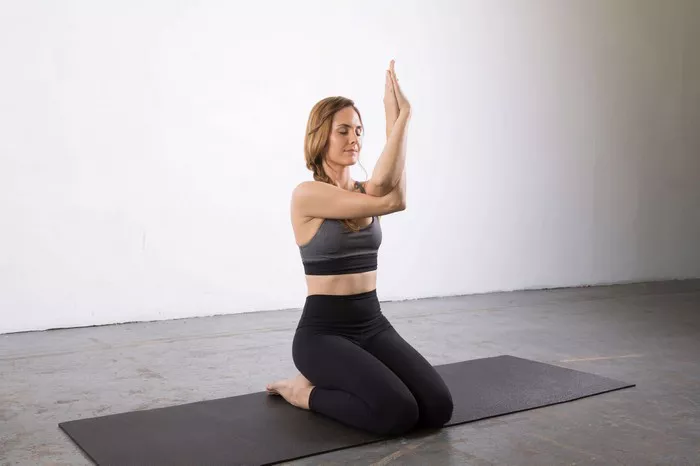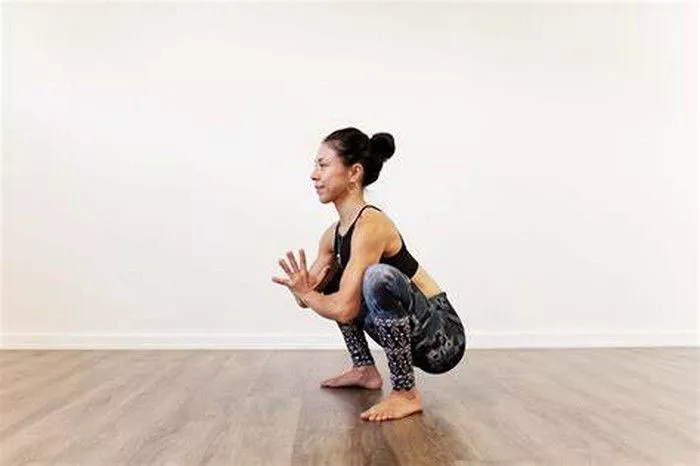Ashtanga yoga is a rigorous and structured style of yoga that follows a set sequence of postures linked by breath and movement. It is known for its dynamic, physically demanding nature and meditative flow. If you practice Ashtanga yoga daily, you will experience a profound transformation in your body, mind, and overall well-being. However, this journey requires discipline, patience, and an understanding of how to balance intensity with self-care.
In this article, we will explore the physical, mental, and spiritual effects of practicing Ashtanga every day, along with potential challenges and best practices to ensure a sustainable and fulfilling experience.
1. Physical Transformation
Increased Strength and Flexibility
One of the first noticeable changes from daily Ashtanga practice is increased strength and flexibility. The dynamic nature of the practice engages multiple muscle groups, particularly in the core, shoulders, arms, and legs. Holding poses like Chaturanga Dandasana (Four-Limbed Staff Pose) and Utkatasana (Chair Pose) builds strength, while deep forward bends and backbends improve flexibility over time.
Better Posture and Balance
Ashtanga emphasizes alignment and engagement, which naturally corrects poor posture. Regular practice strengthens the spine and core, leading to improved posture both on and off the mat. Additionally, balancing postures like Virabhadrasana III (Warrior III) and Ardha Baddha Padmottanasana (Half-Bound Lotus Standing Forward Bend) enhance stability and proprioception.
Improved Cardiovascular Health
Since Ashtanga is a fast-paced, continuous flow of movement synchronized with deep breathing, it provides a cardiovascular workout. The practice raises heart rate, improves circulation, and enhances lung capacity. Over time, this can lead to increased stamina and better overall cardiovascular health.
Detoxification and Enhanced Digestion
Daily practice stimulates internal organs, improving digestion and detoxification. Twisting postures like Marichyasana and deep forward folds massage the digestive organs, aiding in detoxification and metabolism. Sweating also helps eliminate toxins, leaving practitioners feeling lighter and more energetic.
Injury Prevention and Awareness
Practicing daily develops a deep awareness of body mechanics. Regular movement and breath synchronization improve joint mobility and reduce stiffness, lowering the risk of injuries in daily life. However, overuse injuries can occur if one does not listen to their body’s signals.
2. Mental and Emotional Changes
Enhanced Focus and Mental Clarity
The breath control (Ujjayi Pranayama) and steady gaze (Drishti) in Ashtanga yoga train the mind to focus. Over time, practitioners develop sharper concentration and greater mental clarity, which extends beyond the mat into daily activities.
Reduced Stress and Anxiety
Ashtanga yoga acts as a moving meditation, requiring full presence and engagement. The rhythmic breathing and structured sequences calm the nervous system, reducing stress and anxiety levels. Many practitioners experience a deep sense of peace and relaxation after practice.
Development of Patience and Discipline
Unlike other styles of yoga where sequences vary, Ashtanga follows a fixed series. Practicing the same sequence daily requires patience and discipline, helping practitioners cultivate persistence and dedication—qualities that extend into other aspects of life.
Emotional Resilience and Release
Yoga has a way of bringing suppressed emotions to the surface. Deep stretches and heart-opening poses can release stored tension and unresolved emotions. While this may be challenging, it also promotes emotional healing and resilience.
3. Spiritual Growth and Self-Awareness
Deeper Connection with Breath and Prana
Breath is central to Ashtanga practice, guiding movement and sustaining energy flow (Prana). Daily practice strengthens this connection, making practitioners more aware of their breath patterns and how breath influences their state of mind.
Increased Mindfulness and Presence
Repeating the same series of postures every day allows practitioners to notice subtle changes in their body, mind, and emotions. This heightened awareness cultivates mindfulness, helping individuals remain present in daily life.
Transformation Through Surrender
The traditional six-day-a-week practice (with rest on Saturdays and moon days) teaches surrender and acceptance. Some days the practice feels strong and effortless, while other days it is challenging. Learning to accept each practice as it is fosters humility and self-compassion.
Connection to Yoga Philosophy
Ashtanga is deeply rooted in the Eight Limbs of Yoga, as outlined by Patanjali in the Yoga Sutras. As one progresses, there is a natural curiosity to explore beyond the physical practice, leading to deeper understanding of yogic philosophy, ethics (Yamas and Niyamas), and meditation.
4. Challenges of Practicing Ashtanga Daily
While the benefits of daily practice are immense, there are challenges to be aware of:
Physical Fatigue and Overuse Injuries
Practicing intensely every day without adequate rest can lead to burnout or injuries, particularly in the wrists, shoulders, hamstrings, and knees. It is crucial to modify postures when needed and honor the body’s limitations.
Emotional Ups and Downs
Since yoga can trigger emotional release, some days may feel overwhelming. It is important to approach practice with self-compassion rather than forcing through difficult emotions.
Time Commitment
The Primary Series takes 60-90 minutes to complete, requiring dedication and time management. Finding a consistent routine that fits personal schedules can be a challenge.
Monotony and Plateauing
Practicing the same sequence daily can feel repetitive for some. However, advanced students understand that small refinements make a big difference over time. Mindful practice prevents stagnation.
5. Best Practices for Sustainable Daily Practice
Listen to Your Body
Adjust intensity based on how you feel each day. It is okay to modify poses, take a shorter practice, or even take an extra rest day when necessary.
Incorporate Rest Days
Traditionally, Ashtanga practitioners rest on Saturdays and moon days (full and new moons). These breaks allow the body to recover and prevent burnout.
Stay Hydrated and Nourished
A balanced diet with plenty of hydration supports physical recovery. Eating light, nutritious foods enhances energy levels for practice.
Cultivate a Beginner’s Mind
Approach each practice with curiosity, no matter how many years you’ve been practicing. Small adjustments in breath, alignment, or awareness can lead to new discoveries.
Supplement with Gentle Practices
Adding Yin yoga, restorative yoga, or simple stretching on rest days can balance the intensity of Ashtanga practice. Meditation and pranayama also enhance overall benefits.
Find a Supportive Community
Practicing with a teacher or community can provide guidance and motivation, making the journey more fulfilling and enjoyable.
Final Thoughts
Practicing Ashtanga yoga every day is a transformative experience that builds strength, flexibility, mental clarity, and spiritual awareness. However, it requires dedication, patience, and a deep connection with one’s own body and mind. While some practitioners thrive on daily practice, others may find it more sustainable to practice 4-5 times a week with rest days for recovery.
The key is to approach practice with self-awareness and balance. Listen to your body, respect its limits, and allow the practice to evolve naturally. Whether you practice daily or a few times a week, the benefits of Ashtanga yoga will unfold over time, enriching your life on and off the mat.
Related topics





















